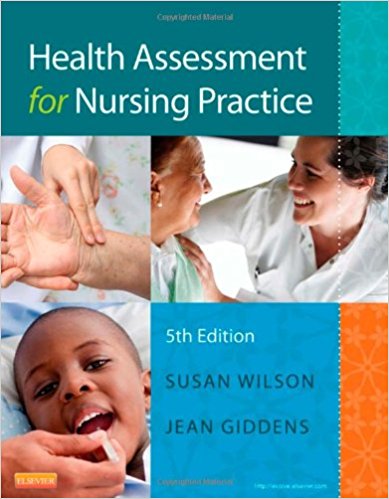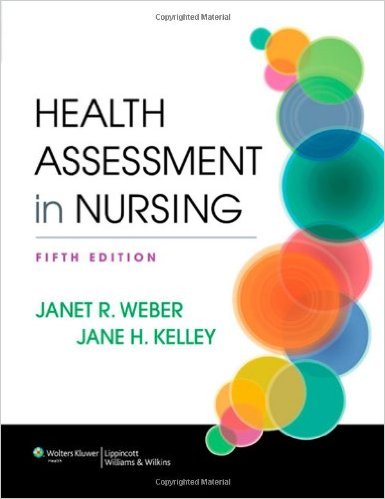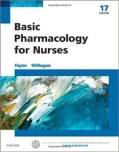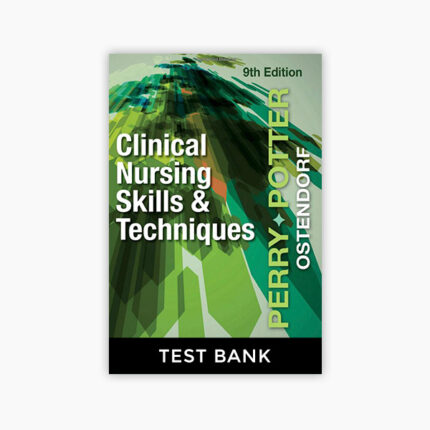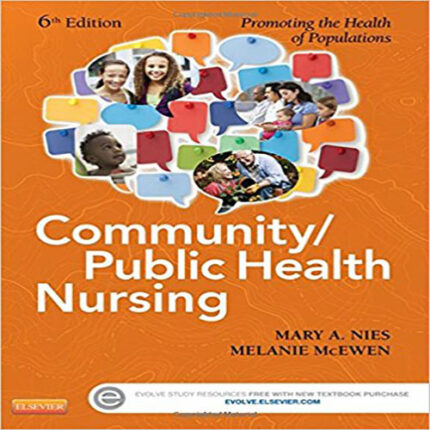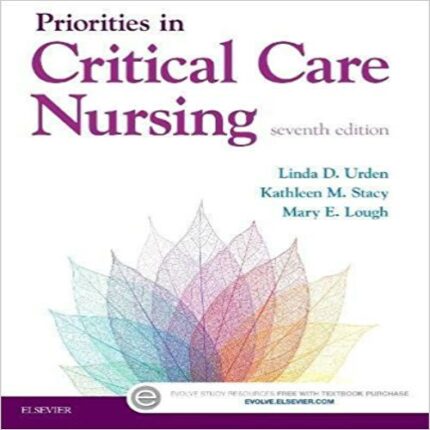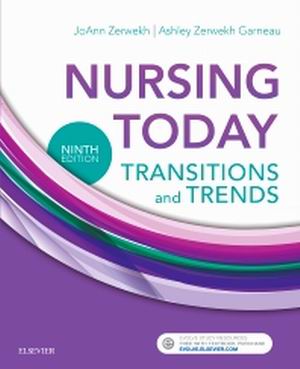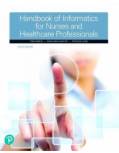Test Bank For Health Assessment For Nursing Practice 5th Edition By Wilson
Chapter 1: Importance of Health Assessment
Test Bank
MULTIPLE CHOICE
- A patient comes to the emergency department and tells the triage nurse that he is “having a heart attack.” What is the nurse’s top priority at this time?
| a. | Determine the patient’s personal data and insurance coverage. |
| b. | Ask the patient to take a seat in the waiting room until his name is called. |
| c. | Request that a nurse collect data for a comprehensive history. |
| d. | Ask a nurse to start a focused assessment of this patient now. |
ANS: D
| Feedback | |
| A | Personal data and insurance information will be obtained, but in this situation, these data can wait until after the patient is assessed. |
| B | Rather than asking the patient to wait, the nurse needs to begin data collection, such as vital signs, immediately to determine the patient’s health status. |
| C | A comprehensive history is not indicated in this situation at this time. Some subjective data will be collected, such as allergies and medical history related to cardiovascular disease. |
| D | The nurse needs to begin an assessment as soon as possible that is focused on this patient’s cardiovascular system. The type of health assessment performed by the nurse is also driven by patient need. |
DIF: Cognitive Level: Apply REF: 3
TOP: Nursing Process: Assessment
MSC: NCLEX Patient Needs: Safe and Effective Care Environment: Management of Care: Establishing Priorities
- Which situation illustrates a screening assessment?
| a. | A patient visits an obstetric clinic for the first time and the nurse conducts a detailed history and physical examination. |
| b. | A hospital sponsors a health fair at a local mall and provides cholesterol and blood pressure checks to mall patrons. |
| c. | The nurse in an urgent care center checks the vital signs of a patient who is complaining of leg pain. |
| d. | A patient newly diagnosed with diabetes mellitus comes to test his fasting blood glucose level. |
ANS: B
| Feedback | |
| A | A detailed history and physical examination conducted during a first-time visit to an obstetric clinic is an example of a comprehensive assessment. |
| B | A health fair at a local mall that provides cholesterol and blood pressure checks is an example of a screening assessment focused on disease detection. |
| C | Assessing a patient complaining of leg pain in the triage area of an urgent care center is an example of a problem-based/focused assessment. |
| D | A patient’s return appointment 1 month after today’s office visit to report fasting blood glucose levels is an example of an episodic or follow-up assessment. |
DIF: Cognitive Level: Understand REF: 3
TOP: Nursing Process: Assessment
MSC: NCLEX Patient Needs: Health Promotion and Maintenance: Health Screening
- For which person is a screening assessment indicated?
| a. | The person who had abdominal surgery yesterday |
| b. | The person who is unaware of his high serum glucose levels |
| c. | The person who is being admitted to a long-term care facility |
| d. | The person who is beginning rehabilitation after a knee replacement |
ANS: B
| Feedback | |
| A | A shift assessment is most appropriate for the person who is recovering in the hospital from surgery. |
| B | A screening assessment is performed for the purpose of disease detection. In this case this person may have diabetes mellitus. |
| C | A comprehensive assessment is performed during admission to a facility to obtain a detailed history and complete physical examination. |
| D | An episodic or follow-up assessment is performed after knee replacement to evaluate the outcome of the procedure. |
DIF: Cognitive Level: Understand REF: 3
TOP: Nursing Process: Assessment
MSC: NCLEX Patient Needs: Safe and Effective Care Environment: Management of Care: Establishing Priorities
- For which person is a shift assessment indicated?
| a. | The person who had abdominal surgery yesterday |
| b. | The person who is unaware of his high serum glucose levels. |
| c. | The person who is being admitted to a long-term care facility. |
| d. | The person who is beginning rehabilitation after a knee replacement. |
ANS: A
| Feedback | |
| A | A shift assessment is most appropriate for the person who is recovering in the hospital from surgery. |
| B | A screening assessment is performed for the purpose of disease detection, in this case diabetes mellitus. |
| C | A comprehensive assessment is performed during admission to a facility to obtain a detailed history and complete physical examination. |
| D | An episodic or follow-up assessment is performed after knee replacement to evaluate the outcome of the procedure. |
DIF: Cognitive Level: Understand REF: 3
TOP: Nursing Process: Assessment
MSC: NCLEX Patient Needs: Safe and Effective Care Environment: Management of Care: Establishing Priorities

